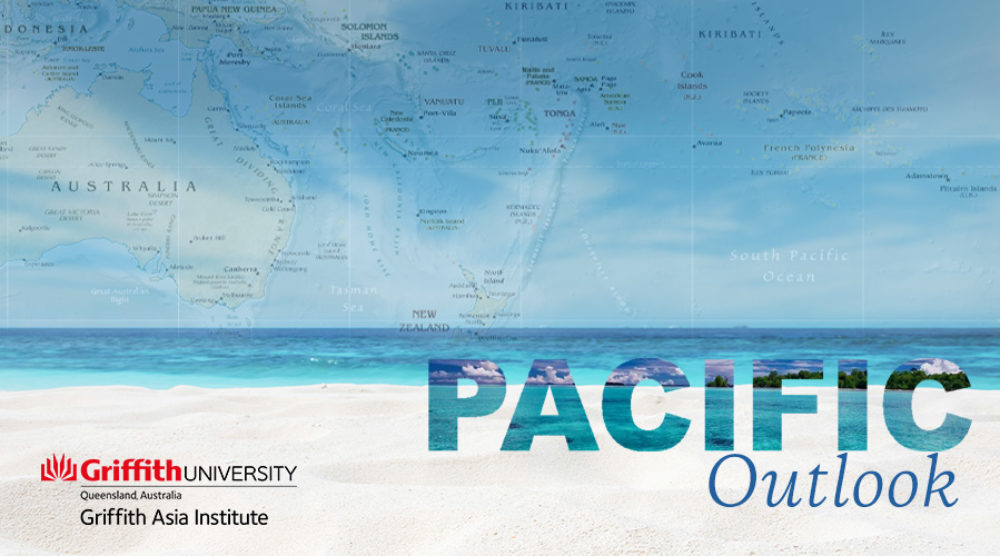TESS NEWTON CAIN |
COVID numbers continue to rise
Across the region, the number of COVID-19 cases is rising.
Papua New Guinea now looks to be entering a fourth wave of the pandemic. The testing positivity rate at the Port Moresby General Hospital surged to 80% over the weekend. Authorities attribute this to the movement of people and lack of social distancing over Christmas and the New Year.
Australia has deployed a medical team to assist health authorities in the Solomon Islands. Vaccines and other equipment have also been supplied. A similar delivery of aid has been made to Kiribati.
In Samoa, there has been some strong criticism of the government about how the community has been informed about the number of cases and what that means in terms of lockdowns and other control measures.
Palau has seen cases rise dramatically in number. However, the government has ruled out a lockdown. Instead, it is relying on a 96% vaccination rate to weather the storm.
Aid pours into Tonga
Aid continues to pour into Tonga further to the volcanic eruption and tsunami on January 15th.
Water, food, and shelter are the most immediate needs identified by the Tongan government. Military planes and ships have been arriving on an almost daily basis laden with supplies. The Tongan government has insisted on contactless deliveries to prevent the introduction of COVID-19.
The twin calamity that hit Tonga has galvanised a huge response from across the globe. In addition to Australia, New Zealand and France who regularly lead on disaster response in the region, we have seen deployments from China, Japan, the UK, and the USA. This is causing some to ask how these efforts are being coordinated and whether the situation is becoming overcrowded.
Assessments of the impact of the disaster and what is needed for recovery were expected to go to the Tongan cabinet at the weekend.
PNG election preparations continue
In Papua New Guinea, work is continuing ahead of the forthcoming general elections, scheduled for the middle of the year.
There were serious concerns over the conduct of the 2017 elections, and there are numerous issues to be addressed for this year’s elections to be handled well. Late last month, the head of the Electoral Commission, Mr Simon Sinai, told the media that he was still awaiting the release of funding from the government to prepare for the polls.
Elections in PNG are expensive and logistically challenging. On top of longstanding challenges, such as the accuracy of the electoral roll and security, authorities will also have to deal with the impacts of COVID-19 in an under-vaccinated population.
Structural reforms such as creating new electorates and allocating reserved seats for women in Parliament have been mooted. However, it is unlikely that they will come into effect before the writs are issued in April.
Australian media coverage of COVID-19 in the region
In a newly published article, Dr Ross Tapsell has examined coverage of COVID-19 in the region by the mainstream media in Australia. Over a three-month period, on several leading platforms, mentions of the pandemic in the Pacific (including New Zealand) amounted to just five per cent of the total. The same level of coverage was accorded to the pandemic in Southeast Asia
This compares with the impacts of COVID-19 in the United Kingdom totalling 29% of the mentions. It raises some important questions about how the media is or is not contributing to an Australian understanding of the region in which the country is located.
This will not come as a surprise to followers of Pacific coverage in the Australian media more generally. Even with the Pacific Step Up and increased geopolitical focus on the region, the media has lagged in increasing and improving its coverage of Pacific issues.
Tess Newton Cain is an Adjunct Associate Professor at the Griffith Asia Institute and project lead of the Pacific Hub.








